“On 2 January 2020, residents of Antofagasta, Chile, held a fake protest for a stray dog named El Vaquita in order to trick him to visiting a veterinarian.
El Vaquita (“little male cow”) is one of several famous street dogs in the country, who frequently join demonstrations and protests, and instinctively side with them during confrontations with the police. During one clash, El Vaquita was shot by police with a riot shotgun and injured by a pellet. He would not allow himself to be captured, and had repeatedly refused to be adopted, so no one could take him to the vet.
So instead, local people organised a fake demonstration, which he then joined, which led him voluntarily to the vets where his injuries were treated. In 2019, in a poll by the local newspaper El Diario, he was voted “character of the year”, surpassing all of the humans.
We have posters and other items commemorating other protest dogs Negro Matapacos and Loukanikos.”
We like to think that only those in power can shape the course of humanity. That us average folk have no say in a serious matter.
But one popular Instagram account is trying to prove the opposite. Called “Working Class History”, it’s making posts to show everyone that “history isn’t made by kings or politicians, it is made by us: billions of ordinary people.”
From protesters fighting for their beliefs to activists devoting their whole lives to a noble cause, continue scrolling for proof that every single good deed matters. No matter big or small, they all play a part in the grand scheme of things.
More info: workingclasshistory.com | Instagram | Facebook | Twitter
#1
We managed to get in touch with a representative of “Working Class History” and they agreed to have a little chat with us. “Back in 2014, we were thinking about ways we could help workers, communities, and activists organize better to improve their lives and conditions,” they told Bored Panda.
“We could see that social media was a very powerful tool and tried to think about how we could use it to encourage people to get involved in collective action and help people organize. We knew that the key to social media was virality, so we came upon the idea of date anniversaries being a hook to grab people’s interest. So we decided to research and write up a number of ‘on this day in history’ posts about social movements and struggles in the past, to help both inspire people organizing today and help people learn lessons from movements in the past.”
#2
“On 13 April 1985, Danuta Danielsson, a woman of Polish-Jewish origin whose mother had been put in a concentration camp during the Second World War, hit a neo-nazi of the now defunct Nordic Reich Party on the head with her handbag in Växjö, Sweden. The fascists were subsequently chased out of town.”
The team behind the account spends loads of time reading and researching various topics before sharing them with their fans. “Story ideas can come from anywhere: books, archives, old newspapers,” the representative explained. “Some are also sent to us by our followers.”
“We share all of our anniversaries each day on Twitter. But with Instagram and Facebook, we narrow it down to the 2 or 3 stories each day which we think are most likely to be popular, while also trying to keep the stories as diverse and varied as possible.”
“Recently, some of our most popular content has included stories about resistance to fascism, indigenous resistance to colonialism, stray dogs joining protests in Chile and Greece, black liberation and anti-racist movements, and lots more.”
In addition to their social media accounts, “Working Class History” also produces a podcast, so if you’re interested in dissecting such events, give it a listen!
#3
“On 27 October 1962, at the height of the Cuban Missile Crisis, second-in-command Vasili Arkhipov of the Soviet submarine B-59 refused to agree with his Captain’s order to launch nuclear torpedos against US warships and setting off what might well have been a terminal superpower nuclear war. The US had been dropping depth charges near the submarine in an attempt to force it to surface, unaware it was carrying nuclear arms. The Soviet officers, who had lost radio contact with Moscow, concluded that World War III had begun, and two of the officers agreed to ‘blast the warships out of the water’. Arkhipov refused to agree – unanimous consent of three officers was required – and thanks to him, we are here to post about it on the internet!”
#4
“On 29 December 1939, French physician, libertarian socialist and women’s rights activist Madeleine Pelletier died in an asylum where she had been interned after openly assisting an abortion for a teenage survivor of incest. Born into a poor family in 1874, Pelletier became a feminist and socialist, and was arrested for breaking a window at a polling place after she and other women were denied entry. While never admitted into intellectual circles, she was a pioneer of advanced feminist ideas, like gender roles being largely determined by society, rather than biology. While expressing no interest in sex in her personal life, and so possibly asexual, Pelletier advocated for women’s rights to sexual pleasure, as well as to contraception and abortion. Despite all the misfortune she experienced, Pelletier declared: “I remain a feminist. I will remain one until my death even though I don’t like women as they are now any more than I like the working class as it is. Slave mentalities revolt me.”
#5
“On 28 November 1919, Faye Schulman, photographer and Jewish resistance partisan, was born in Lenin, Poland (now Belarus). In 1942, the Nazis murdered 1,850 Jews in the Lenin ghetto, leaving only Faye and 25 others alive, making Schulman take and develop photos of the massacre. Covertly she made copies of the photographs for herself. She soon fled and joined the partisan resistance, serving as a fighter and nurse. While on a raid in Lenin with her unit, Schulman managed to retrieve her camera equipment, and then began documenting the resistance movement, developing her photos under blankets. “I want people to know that there was resistance. Jews did not go like sheep to the slaughter. I was a photographer. I have pictures. I have proof.” Schulman survived the war and moved to Canada, eventually passing away on April 24, 2021, aged 101.”
#6
“On 4 May 1929, actor and member of the Dutch resistance Audrey Hepburn was born in Belgium. Her parents, a baroness and a banker, were both fascists who personally met with Hitler. After her father abandoned them, she and her mother moved to the Netherlands, and her mother’s views changed when Nazis executed her brother, Otto van Limburg Stirum, in retaliation for resistance activities. As a child, Hepburn studied ballet, and began to perform recitals to fundraiser for the resistance. The performances were referred to as “zwarte avonden” (“black evenings”) as organisers blacked out windows while they took place so they could not be observed from outside. Hepburn described how “Guards were posted outside” to warn of approaching Germans, and how audiences “made not a single sound at the end of [her] performance.” Hepburn was part of the resistance cell of Dr. Hendrik Visser’t Hooft, which according to his daughters he proudly recalled to them. Hepburn would help deliver copies of his underground anti-fascist newspaper as a courier: “I stuffed them in my woolen socks in my wooden shoes, got on my bike and delivered them,” she later recounted. As an English speaker, Hepburn also relayed messages between downed British pilots and the resistance, and according to her son her family sheltered a British pilot who had been shot down.”
#7
“On 11 June 1943, Karl Gorath, a 20-year-old gay German nurse, was deported to the Auschwitz concentration camp. He was first arrested for homosexuality after being denounced by a jealous lover in 1939, and given a prison sentence. After his release he was sent to the Neuengamme concentration camp, where he was made to wear a pink triangle denoting LGBT+ prisoners. Working in the camp’s health department, with some comrades he attempted to smuggle food to Russian prisoners, who were being starved to death. Their plan was discovered by the Nazis, who then sentenced Gorath to transportation to Auschwitz as a criminal and political prisoner, to be denoted with a red triangle. Despite contracting dysentery, he managed to survive the war and was released in 1945. But within a few months he was arrested again by West German authorities, who had kept the homophobic Nazi laws intact. His case was overseen by the same judge, who greeted him with the words “You are already here again!” and gave him the maximum sentence of five years. His lawyer requested that his time served in the concentration camps be counted as part of this, but his request was denied. After his release, because of his convictions he was unable to get a job for a decade. And when the time came to draw his pension, his years interned in concentration camps were deducted from his allowance, as were his unemployment payments. He died in 2003, having never received compensation for his treatment, unlike some other Holocaust survivors. He told his story in a 2000 documentary, “Paragraph 175″, named after the relevant section of the penal code.”
#8
“On 31 May 1927, Fred Trump, the father of US president Donald Trump, was arrested at a rally of the Ku Klux Klan in Queens, New York. He was initially arrested for “refusing to disperse” along with six other people after the rally descended into disorder. The Long Island Daily Press reported that all seven arrestees were wearing Klan robes. After Donald Trump was endorsed by David Duke, the former grand wizard of the Ku Klux Klan, Trump was questioned about his father’s arrest. Donald claimed to journalist Jason Horowitz that “it never happened”, despite it being reported in several newspapers. When Horowitz asked Trump if the address reported for his father in the newspapers, 175-24 Devonshire Rd, was accurate, Donald dismissed it as “totally false”. However Fred Trump’s wedding announcement in the Daily Press listed his address at 175-24 Devonshire Rd. Fred Trump was subjected to legal action by the Justice Department on multiple occasions for racist behaviour as a landlord, and one of his former tenants, folk singer Woody Guthrie once wrote in a song mentioning Trump: “I suppose / Old Man Trump knows / Just how much / Racial Hate / He stirred up”.”
#9
“On 14 October 1977, anti-gay crusader Anita Bryant was “pied” in the face by Tom Higgins, a gay rights activist. Bryant, who was already well-known as a singer, led Save Our Children, a homophobic campaigning group which successfully overturned legal protections for LGBT+ people in Dade County, Florida. Bryant had declared about homosexuality: “I will lead such a crusade to stop it as this country has not seen before.” After being pied, Bryant burst into tears and began praying. Bryant was also brand ambassador for Florida orange juice, which then became subjected to a mass boycott campaign. Gay bars replaced screwdrivers (vodka and orange juice cocktails) with “Anita Bryants” – made with vodka and apple juice, with the profits donated to the campaign. Bryant’s lucrative orange contract subsequently lapsed and her marriage failed, which caused her to be ostracised by some Christian fundamentalists who did not approve of her divorce. Later in life, Bryant’s homophobic views softened, and she stated she was “more inclined to say live and let live”. In 1998, Dade County reintroduced legal protections for LGBT+ people, and efforts by Christian groups to overturn them failed.”
#10
“On 15 August 1970, Black Panther Party co-founder Huey P Newton delivered a speech in New York City where he criticised the previous attitude of the party, and other left groups towards women and LGBT+ people. He criticised homophobia and sexism in revolutionary movements, commenting that “homosexuals… might be the most oppressed people in… society”, and called on the left to desist using homophobic language to describe “enemies of the people” like president Richard Nixon. He argued that all radical events should include “full participation of the gay liberation movement and the women’s liberation movement”. The move came after the foundation of the Gay Liberation Front, which supported the Black liberation movement, and militantly raised issues such as homophobia within radical organisations.”
#11
“On 28 May 2013 during the Turkish Occupy Gezi protests, the “woman in red”, Ceyda Sungur, was pepper sprayed by police, which became the defining photo of the movement. The protests began against development of Gezi Park in Istanbul but transformed into a national movement against the increasing authoritarianism of the right-wing government of Recep Tayyip Erdoğan. A university worker, Sungur didn’t want notoriety, saying “a lot of people who were at the park and they were also tear-gassed… There is not (a) difference between them and I.” She was subsequently arrested for “provoking people to disobey laws”, although the following year the charges were dismissed.”
#12
“On 16 October 1968, Black sprinters Tommie Smith and John Carlos raised their gloved fists in a Black power salute during the playing of the US national anthem as they were awarded gold and bronze medals at the Olympics. Smith would later clarify: “I wore a black glove to represent social power or Black power; I wore socks, not shoes, to represent poverty; I wore a black scarf around my neck to symbolise the lynching, the hangings that Black folks went through while building this country.” Following the protest, they were largely ostracised by the US sporting establishment. While Time magazine now considers their picture of the event as the most iconic photograph of all time, back then they wrote: “‘Faster, Higher, Stronger’ is the motto of the Olympic Games. ‘Angrier, nastier, uglier’ better describes the scene in Mexico City last week.” Back home, both Smith and Carlos were subject to abuse and they and their families received death threats. The Australian athlete Peter Norman, the other man on the podium, also showed solidarity with the protest wearing an ‘Olympic Project for Human Rights’ badge in protest of his government’s ‘White Australia’ policy. He too would also be reprimanded by his nation’s Olympic authorities and was not picked for the following Olympic games – although it is disputed whether this was as a consequence of his stand in Mexico. After Norman’s sudden death in 2006, Smith and Carlos helped carry his coffin and delivered eulogies at his funeral.”
#13
“On 11 February 1916, Lithuanian-born Jewish anarchist Emma Goldman was arrested in New York City for distributing information on birth control. She was technically charged with breaching the Comstock Act, which banned “obscene” material from the mail or from being transported across state lines. Goldman’s arrest came as she was due to deliver a public lecture on family planning, which was a key concern for working class people. Radicals argued that family planning was essential for working class people to be able to have an acceptable standard of living, and believed that authorities opposed birth control so that there would be an oversupply of labour to keep down wages and fill the army. Emma Goldman decided to defend herself in court, and used the trial to generate large amounts of publicity for her message. She was eventually convicted, and rather than pay a $100 fine she chose to serve 15 days in prison.”
#14
“On 4 August 1990, the term “Two-Spirit”, for Indigenous people “who embody diverse (or non-normative) sexualities, genders, gender roles, and/or gender expressions”, was adopted at the 3rd Annual Gathering of Native American Gays and Lesbians being held near Beausejour, Manitoba, Canada. Teacher, counselor, administrator, mentor and elder, Dr. Myra Laramee (First Nations Cree) brought the term to a sharing circle of 80 Indigenous LGBT+ people from across North America at the 1990 Gathering, and it was quickly adopted. As Harlan Pruden, the managing editor of the Two-Spirit Journal, put it: “[Two-Spirit evokes] the time before the harshness of colonisation where many, not all, First Peoples had traditions and ways that were non-binary, where some Nations had 3, 4, 5, 6, or even 7+ different genders and these genders were not only accepted and honoured but also had distinct roles within their respective Nations. Today, we would generally refer to these individuals as Two-Spirit.” Pictured: Two-spirit Zuni princess We’wha, New Mexico, c1886.”
#15
“The second Monday of October, is a holiday, but one which is hotly disputed. To some, it is Columbus Day, celebrating the anniversary of the arrival of Christopher Columbus in the Americas. But to others, especially Native Americans, it is Indigenous Peoples’ Day – celebrating the people who lived in the Americas for centuries beforehand (content note: genocide).
Rather than “discover” America, as is the popular myth, Columbus merely arrived in what is now the Bahamas, and began over five centuries of genocide against the Indigenous inhabitants. As soon as Columbus landed, he and his crew began enslaving, murdering, torturing and raping the Taíno people who lived there. Travelling to Haiti, Columbus then began forcing the Indigenous people to mine gold, and chopping off the hands of any who did not collect enough. But it was an impossible task as there was almost no gold in the area.
In just two years, half of the 250,000 Taínos on Haiti had died: either by murder or suicide in desperation. Within just a few decades, only 500 remained. However, Indigenous people in the Caribbean and elsewhere did resist both Columbus and the other colonisers who came subsequently, and continue to do so today.
Indigenous Peoples’ Day celebrates this resistance, and was first proposed in 1977. South Dakota became the first US state to celebrate it in 1990, and every year more states, cities and institutions make the switch from Columbus Day to Indigenous Peoples’ Day. Due to continued pressure from Indigenous resistance, in 2021 the US federal government acknowledged Indigenous Peoples’ Day for the first time, although at the same time they still officially celebrate Columbus Day as well.”
#16
“On 19 August 1944, this photograph was taken in Paris of 18-year-old French Resistance fighter, Simone Segouin, also known under her nom de guerre Nicole Minet. She had come from Chartres to help liberate the capital. Segouin’s first mission with the resistance was to steal a bicycle from the German military. It was then repainted, and then used for resistance activities. For example on one occasion she was transporting weapons by bike from Chartres to Dreux. She was stopped by German soldiers, but then managed to escape after bombardment by British soldiers distracted the Germans. At the time of writing (August 2021), Segouin, aged 95, lives in Courville-sur-Eure, where a street has been named after her.”
#17
“On 28 January 1917, Carmelita Torres, a 17-year-old Mexican maid who worked in the United States, refused to take the mandatory gasoline bath given to day labourers at the border, and convinced 30 other trolley passengers to join her. Her protest spread in what became known as the bath riots. Torres was one of many workers who crossed the border between Juarez and El Paso each day. In the name of public health, Mexican workers were frequently subjected to degrading and humiliating treatment. They had to strip naked, brave, undergo a toxic gasoline bath, and have their clothes steamed. The stated aim of the programme was to kill lice, which can spread typhus. However, it was not applied to everyone crossing the border: just working class Mexicans. In addition to gasoline being poisonous, it was also a deadly fire risk. A group of prisoners in El Paso being treated with gasoline were burned to death in an accidental fire. Furthermore, US health workers were secretly photographing naked Mexican women. On January 28, anger at the practice finally exploded, and within a few hours Torres had amassed a crowd of several thousand mostly women protesters. They blocked all traffic and trolleys into El Paso. They pelted immigration officers with rocks and bottles when they try to disperse them, and when US and then Mexican troops arrived they received the same treatment. The riots were eventually suppressed by the soldiers, and Torres herself was arrested. This appeared to have the effect of discouraging future protests. The enforced bathing and fumigation of Mexican workers with toxic chemicals like gasoline, and later DDT and Zyklon B, continued until the 1950s. The use of Zyklon B at the border appealed to scientists in Nazi Germany, who in the late 1930s began using the agent at borders and in concentration camps for delousing. Although notoriously they later used it to exterminate millions of people in the Holocaust.”
#18
“On 16 November 2019, Chilean stray “riot dog” Rucio Capucha was injured by police water cannon during a protest in Santiago. Rucio Capucha was following in the pawprints of legendary protest dog Negro Matapacos, frequently joining riots on the side of protesters and confronting the police. As with other Chilean protest dogs, he was thus often subjected to violent attacks by the police. On this occasion, video shows he was clearly deliberately targeted by police in a water cannon truck, who blasted him with it as he walked through an empty section of street during a protest. The blast left him with a contusion on his left lung, but he was cared for by veterinary students and survived. He was then adopted and lives happily with a family. We have produced some merch commemorating protest dogs like Matapacos and Loukanikos in Greece”
#19
“On 25 December 1914, 100,000 troops on the Western Front during World War I held an unofficial truce where they refused to fight one another. German troops began singing “Silent Night” in German, French and English, along with other Christmas carols. They decorated the trenches with Christmas trees, lit candles and hung multilingual banners wishing opposing armies “Merry Christmas”. Across much of the front artillery fell silent, British troops joined in the carol singing and both sides began to shout Christmas greetings at one another. On Christmas Day, soldiers began to climb out of the trenches to fraternise with the other side, bring back bodies from no man’s land and exchange gifts like tobacco, chocolate and alcohol. In several areas there are first-hand accounts of often-improvised football matches being played. The truce covered about 100,000 men, almost entirely on the Western front however there was also a small truce along part of the Eastern front between Austrian and Russian troops. Fighting continued in some areas. Henry Williamson, a British private, wrote to his mother on December 26: “In [my] pipe is tobacco. Of course, you say. But wait. In the pipe is German tobacco. Haha, you say, from a prisoner or found in a captured trench. Oh dear, no! From a German soldier. Yes a live German soldier from his own trench. Yesterday the British & Germans met & shook hands in the Ground between the trenches, & exchanged souvenirs, & shook hands. Yes, all day Xmas day, & as I write. Marvellous, isn’t it?” British authorities were extremely angered by the mutiny, and ordered that soldiers engaged in informal truces be court-martialed.”
#20
“On 28 February 1972, the trial of legendary Black communist Angela Davis for murder, kidnapping and conspiracy began in San Jose, California. The trial resulted from a courtroom shootout in 1970 in which four people were killed. Davis had purchased some of the firearms used in the incident. However, Davis herself was not present, and she declared herself innocent of all charges. By the time the trial had begun, nearly 300 groups had sprung up around the world supporting her and working for her freedom, and John Lennon and Yoko Ono contributed the song “Angela” to the campaign. Angela Davis had a team of experienced lawyers, but she delivered her opening defence address herself. The defence demolished the prosecution’s case, and eventually on 4 June, the all-white jury came back with not-guilty verdicts on all charges.”
#21
“On 13 June 1936, this photograph was taken at a rally for workers launching a new ship in Nazi Germany. The man circled, defiantly folding his arms rather than perform the Nazi salute is believed to be August Landmesser, a shipyard worker who fell in love with a Jewish woman. He was later imprisoned for the relationship and drafted into the army. During his military service he was killed in action, whereas his partner was murdered in the concentration camps.”
#22
“On 4 September 2005, in the wake of hurricane Katrina the Danziger Bridge shootings took place, when several New Orleans police officers opened fire with assault weapons on an unarmed Black family. The Bartholomew family along with James Brissette, a 17-year-old friend, were on their way to a grocery store. Plainclothed police with machine guns then shot six of them, killing two and then stomping on one of the victims as he lay dying. Some of the victims were shot up to seven times and lost limbs. One man was shot five times in the back and a teenage girl was shot four times. Brissette and Ronald Madison were killed. The police then fabricated a story claiming they had been fired on by four suspects, an officer had been shot and had to return fire. They even arrested one of the survivors and charged him with eight counts of attempting to kill police. The officer in charge of investigating the shootings helped fabricate evidence to support the shooters’ lies. Guilty verdicts for the killers were handed down in 2011, six years after the crimes.”
#23
“On 8 April 2013, former Conservative prime minister Margaret Thatcher died. Street parties broke out across the UK, particularly in working class areas and in former mining communities which were ravaged by her policies. Her legacy is best remembered for her destruction of the British workers’ movement, after the defeat of the miners’ strike of 1984-5. This enabled the drastic increase of economic inequality and unemployment in the 1980s. Her government also slashed social housing, helping to create the situation today where it is unavailable for most people, and private property prices are mostly unaffordable for the young. Thatcher also complained that children were “being cheated of a sound start in life” by being taught that “they have an inalienable right to be gay”, so she introduced the vicious section 28 law prohibiting teaching of homosexuality as acceptable. Abroad, Thatcher was a powerful advocate for racism, advising the Australian foreign minister to beware of Asians, else his country would “end up like Fiji, where the Indian migrants have taken over”. She hosted apartheid South Africa’s head of state, while denouncing the African National Congress as a “typical terrorist organisation”. Chilean dictator general Augusto Pinochet, responsible for the rape, murder and torture of tens of thousands of people, was a close personal friend. Back in Britain, she protected numerous politicians accused of paedophilia including Sir Peter Hayman, and MPs Peter Morrison and Cyril Smith. She also lobbied for her friend, serial child abuser Jimmy Savile, to be knighted despite being warned about his behaviour. Margaret Thatcher was eventually forced to step down after the defeat of her hated poll tax by a mass non-payment campaign. Pictured: Jimmy Savile welcoming Thatcher to hell, reportedly.”
#24
“On, 25 May 1895, libertarian socialist author Oscar Wilde was imprisoned for two years’ hard labour for “indecency” for having sex with men. Though many potential witnesses refused to testify against him, he was convicted, and upon sentencing judge stated: “It is the worst case I have ever tried. I shall pass the severest sentence that the law allows. In my judgment it is totally inadequate for such a case as this. The sentence of the Court is that you be imprisoned and kept to hard labour for two years.” Wilde’s detention would cause him serious health problems which eventually contributed to his untimely death. In his essay, The Soul of Man under Socialism, in which he expounds his political ideas, he declares: “Disobedience, in the eyes of any one who has read history, is man’s original virtue. It is through disobedience that progress has been made, through disobedience and through rebellion.””
#25
“On 30 June 1960, Congo achieved independence from Belgium following decades of brutal colonial rule which killed 8-10 million people – half its population. Belgian authorities used men for forced labour in the rubber industry, having the wives and children of workers who didn’t meet their daily quotas dismembered, killed and even eaten. Following independence, Belgium and other Western powers continued to maintain power and rob the country’s rich natural resources. The first democratically elected Prime Minister, socialist Patrice Lumumba was arrested, tortured and murdered on the instructions of Belgium and the CIA, who then installed a brutal dictator.”
#26
“On 2 November 1970, actor and Vietnam GI resistance supporter Jane Fonda was arrested at Cleveland airport as she returned from an event put on by Vietnam Veterans Against the War (VVAW) in Canada and charged with drug smuggling. The following day Fonda was also charged with supposedly kicking a police officer, when a more famous mugshot was taken as she raised her fist in defiance at the police. Both charges were bogus – the “drugs” were vitamin tablets – and they were both later dismissed. Although Fonda is clear that the intention was to discredit her due to her valuable support for the GI anti-war movement. In addition to being a patron of VVAW, Fonda was a leading organiser of and participant in the FTA (Fuck The Army) tour, and anti-war alternative to the USO shows to serving GIs.”
#27
“On 2 August 1944, around 4,000 Roma people in the Auschwitz-Birkenau concentration camp resisted being taken to the gas chambers. The SS swarmed into the Roma camp, but prisoners had armed themselves with sticks and crowbars, and barricaded themselves indoors, fighting the Nazis with hands and nails. A non-Roma prisoner who survived described that everyone was fighting, and that “women [were] the fiercest in their fight” as they were “younger and stronger” than the other detainees and were “protecting their children”. Eventually they were overcome, and all murdered in the gas chambers in Birkenau. Pictured: Rudolph Richter, a Roma prisoner in Auschwitz”
#28
“On 11 April 1945, as US forces approached, the inmate resistance seized control of Buchenwald concentration camp in Germany. However, when the Allies took control of the concentration camps, according to the US Holocaust Memorial Museum some of those interned for homosexuality were not freed but were required to serve out the full term of the sentences they had received under the homophobic Nazi penal code. Thousands of LGBT+ people were interned in concentration camps, most made to wear a pink triangle. Many of them were subjected to medical experiments, castrated, or murdered. After “liberation,” the US army handbook for the occupation of Germany established that, while most Holocaust survivors should be released from concentration camps, “criminals with a prison sentence still to serve will be transferred to civil prisons.” Gay and bisexual men, and trans women had been convicted under paragraph 175 of the criminal code, which had been strengthened by the Nazis, and were therefore considered common criminals. Homosexuality was also against the law at that time in Allied countries, including the US, the UK, and the USSR. One prisoner, Hermann R, who was detained at Landsberg Fortress, southwest of Dachau, joined liberation celebrations. But two weeks later, A US military commissioner told him: “Homosexual – that’s a crime. You’re staying here!” US occupation authorities kept the Nazified paragraph 175 on the books, and in the first four years after the end of the war, around 1,500 men per year were arrested under it. Later, West Germany kept it as well and convicted over 50,000 men before it was finally revoked in 1969. East Germany on the other hand reverted to the pre-Nazi paragraph 175, and convicted some four thousand men before revoking it in 1968. LGBT+ people were not recognised as victims of the Holocaust and had their pensions deducted for the time they spent interned in concentration camps, with most never receiving any compensation. Pictured: gay men in a concentration camp”
#29
“On 20 December 1973, Spanish fascist prime minister who was hand-picked as dictator Francisco Franco’s successor, Luis Carrero Blanco, was assassinated in Madrid. Basque separatists ETA had spent five months digging a tunnel under a road he went down to attend mass. They then detonated a bomb as he drove over, shooting his car 20 metres into the air and over a five-storey building, earning Carrero Blanco the nickname of “Spain’s first astronaut”. His successor was unable to hold together different factions of the government, and so this action was credited by some for helping accelerate the restoration of democracy after Franco’s death.”
#30
“On 17 May 1966, Vassilis Palaiokostas, “the Greek Robin Hood,” was born in the mountain village of Moschofito, Greece. In the 1990s-2000s he became famous for robbing the rich and handing his takings to the poor — former comrade Kostas Samaras remembers “he and his brother Nikos would stop the car and hand robbery money to immigrants in the street.” Palaiokostas has been linked to some of the most audacious illegalism in Greek history, including the 1992 Kalambaka robbery (the country’s biggest ever bank heist) and pioneering bossnapping with the ransoms of notorious industrialists Alexander Haitoglou in 1995 and George Mylonas in 2008. He is even more famous however for his series of prison escapes which earned him a police nickname — The Uncatchable. The most extraordinary of these were in 2006 and 2009, when he escaped from Korydallos Prison not once but twice by helicopter, bringing him international renown. A folk hero among the working classes of his homeland, he is still free, still on the run, with a 1.4 million Euro bounty on his head.”


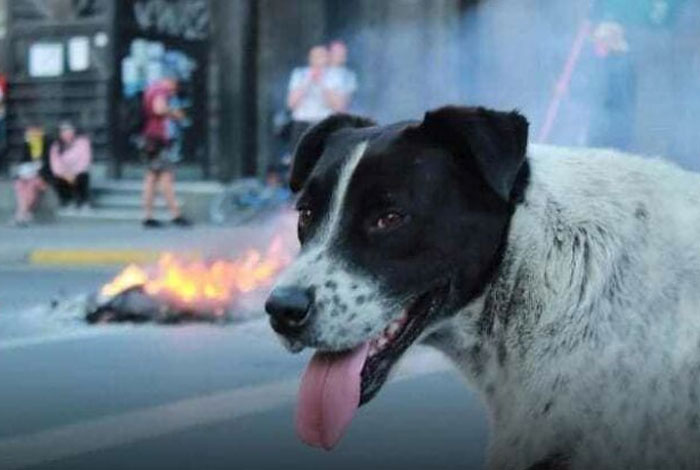
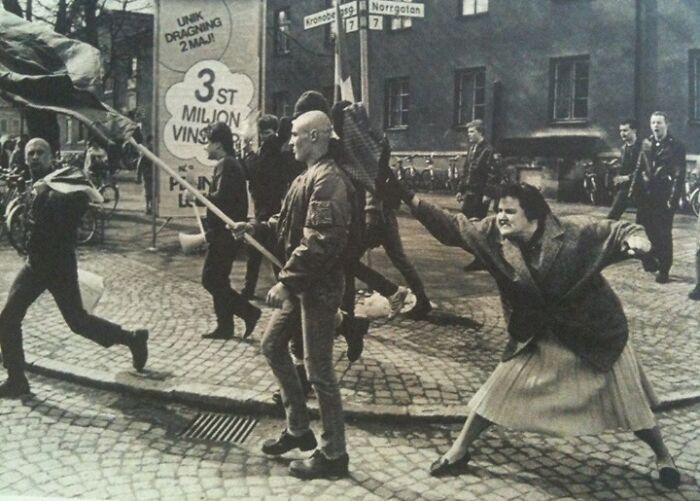
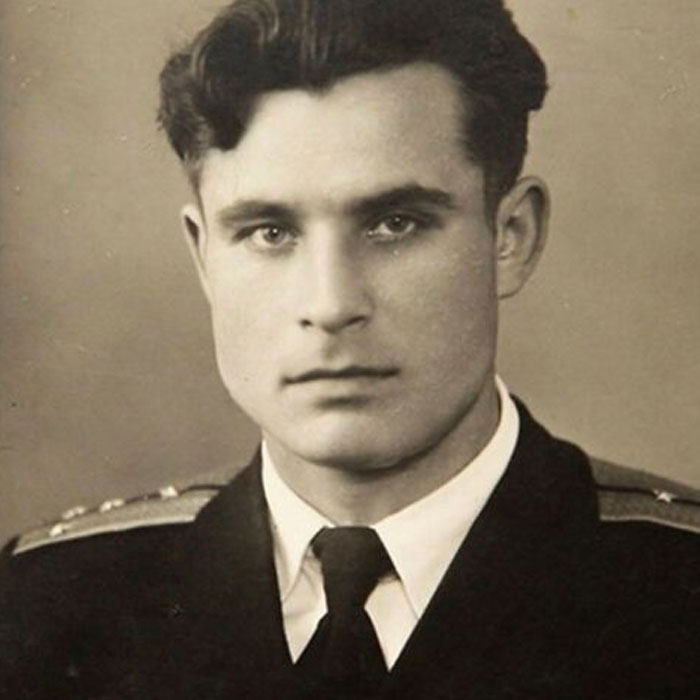
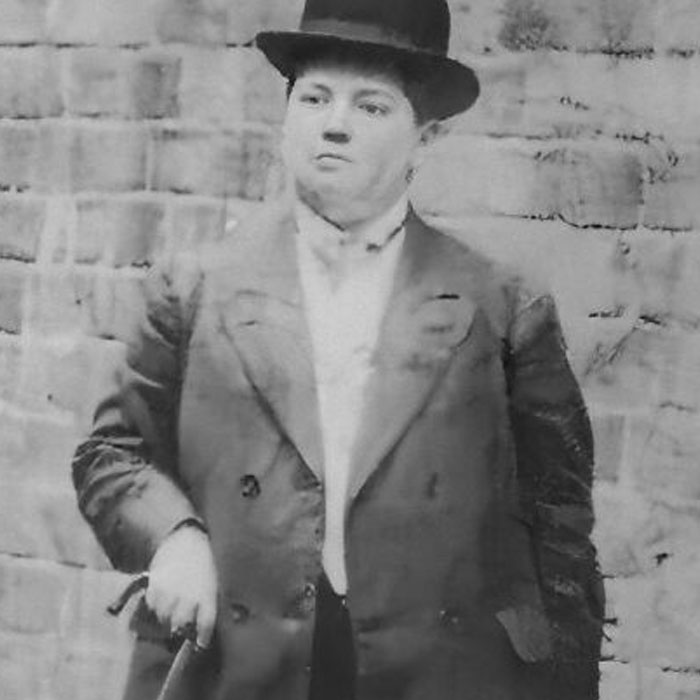
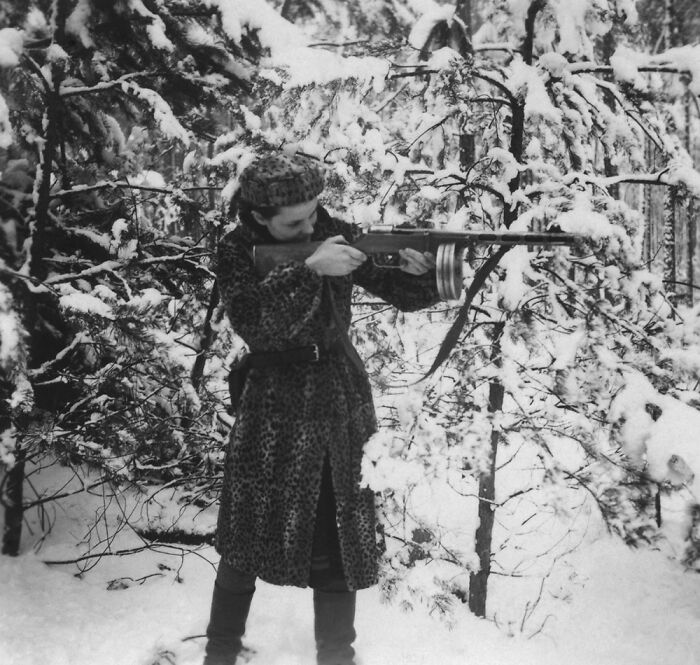
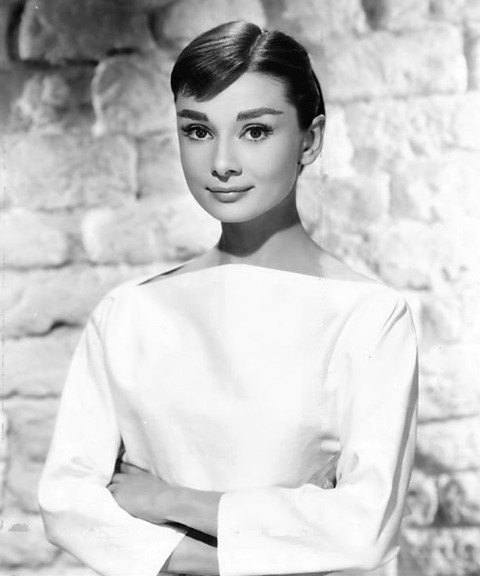
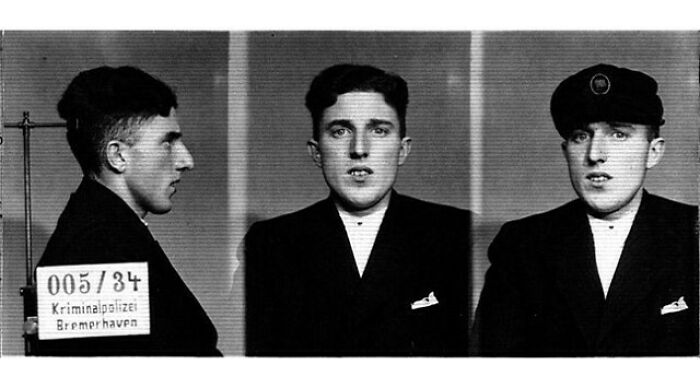
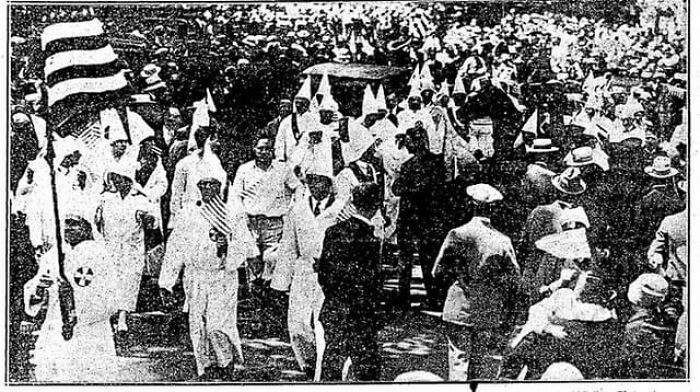

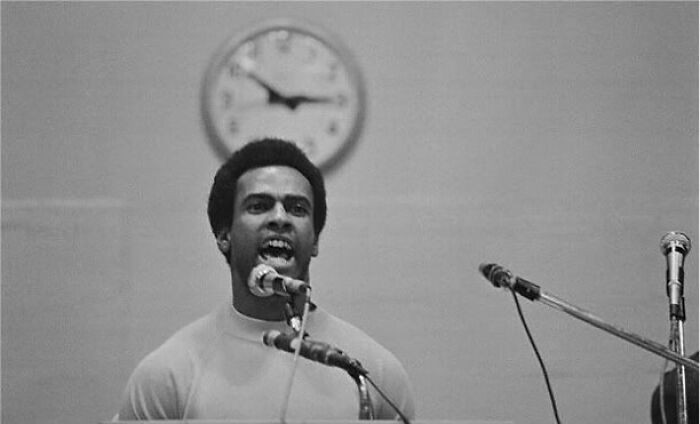
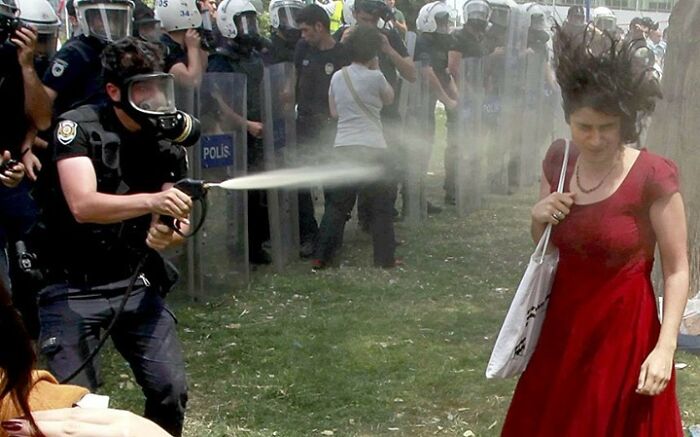
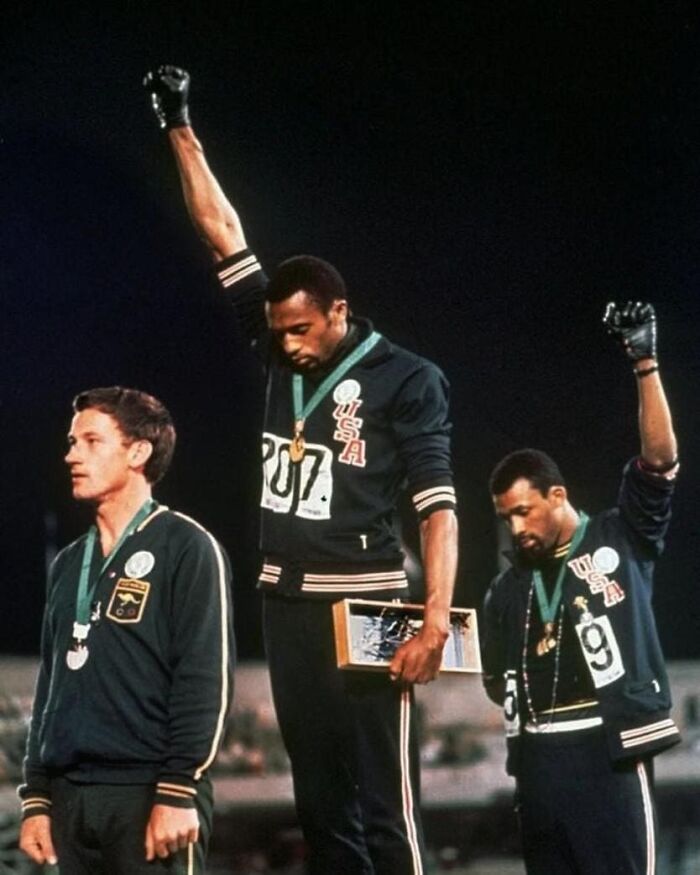
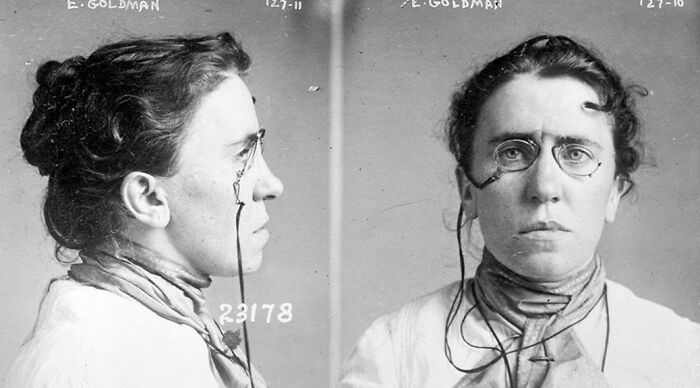
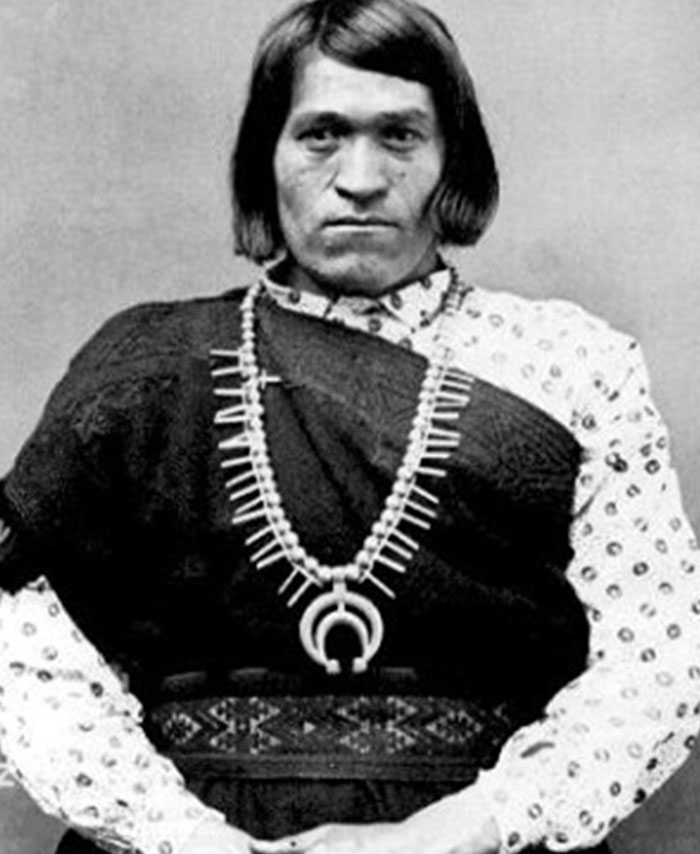
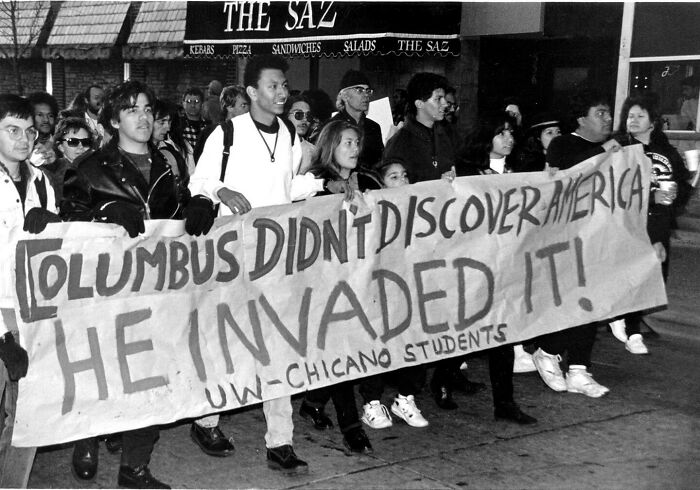
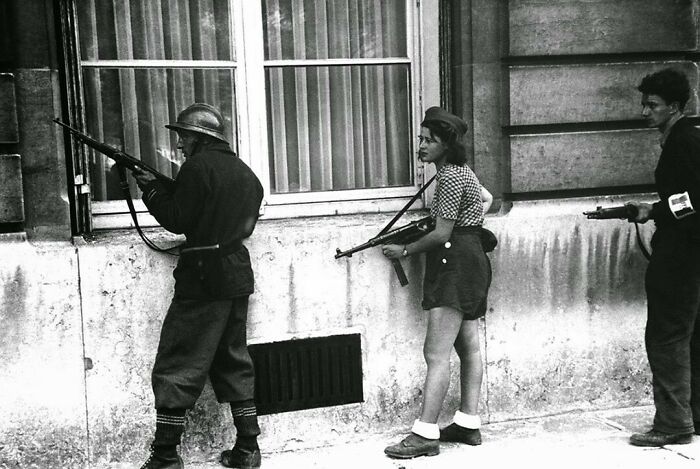
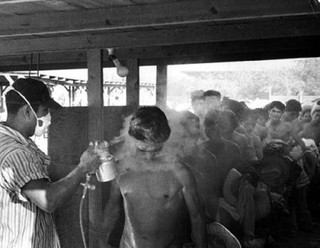
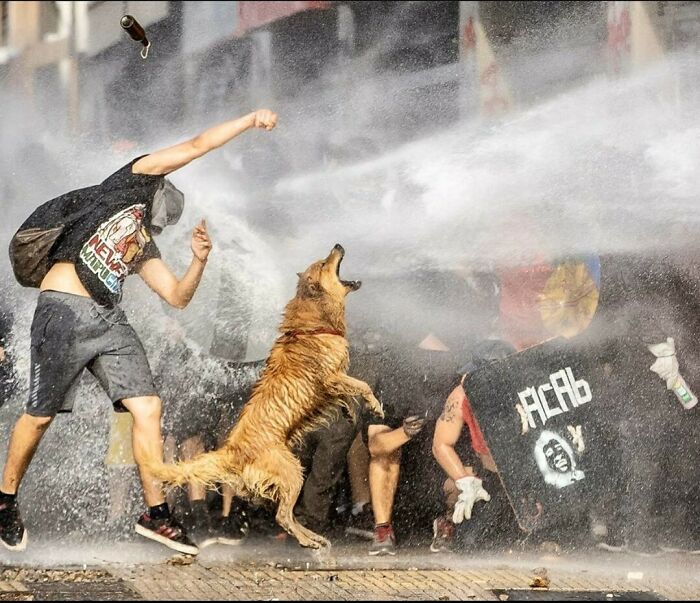
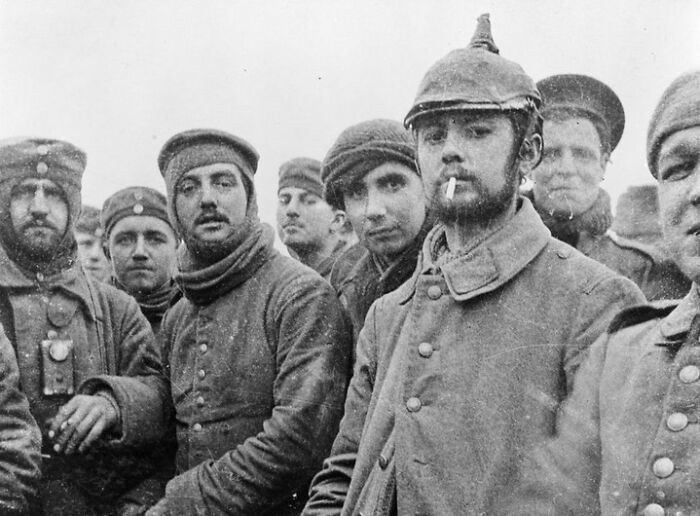
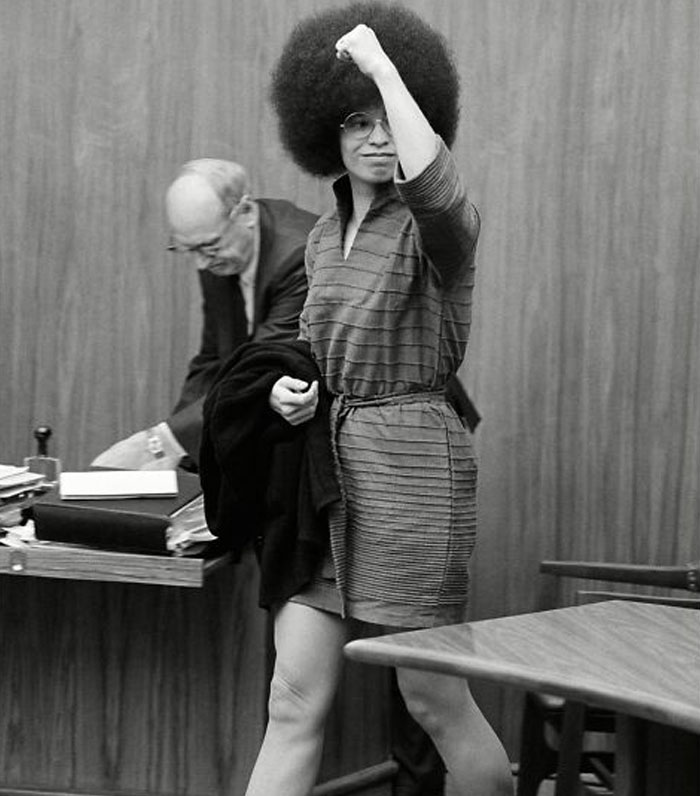
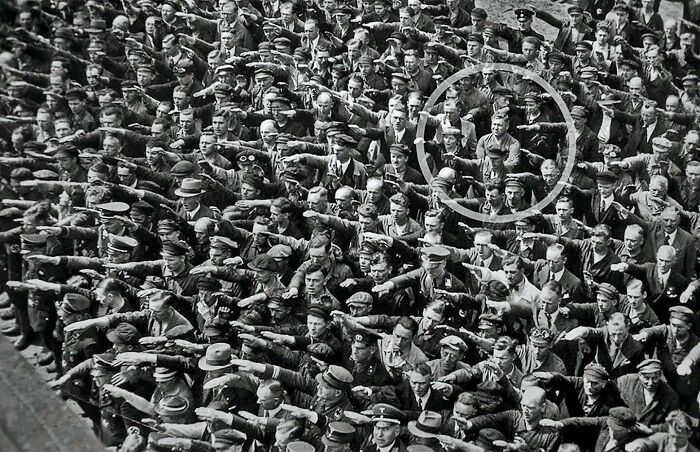
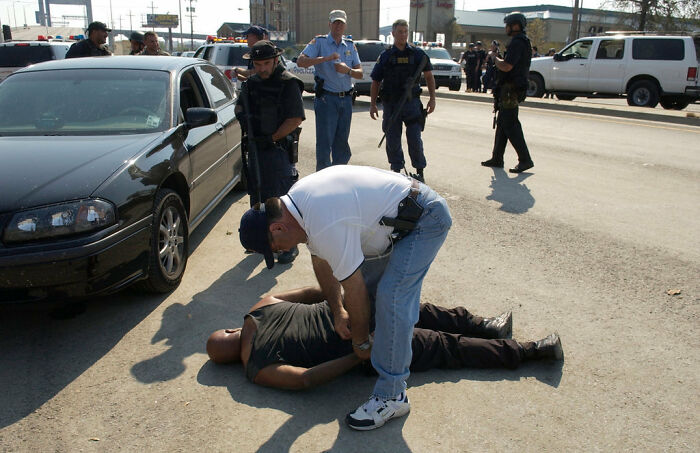
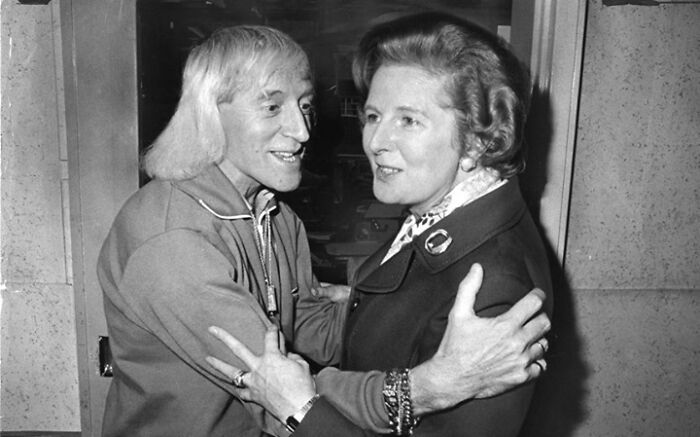
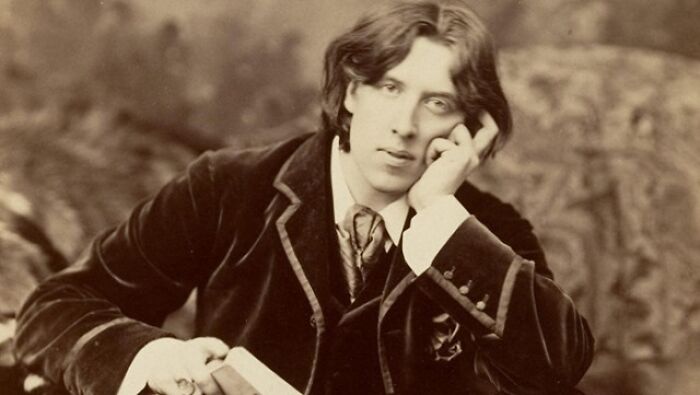
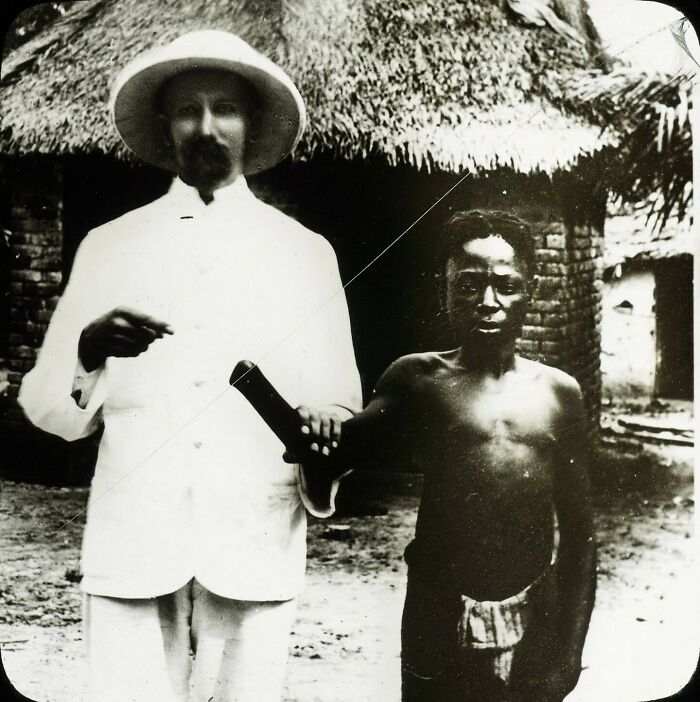
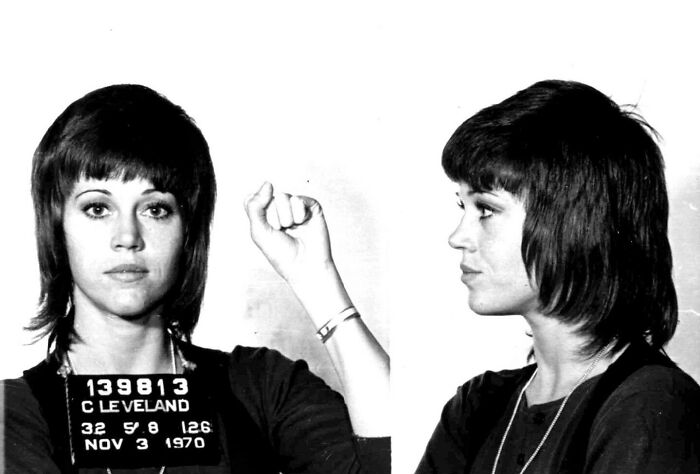
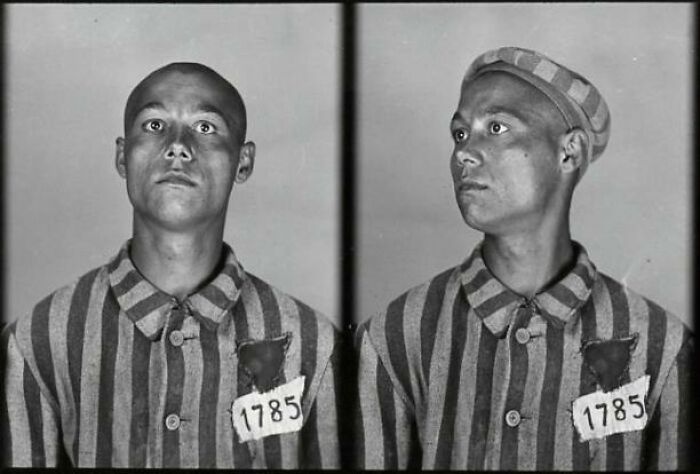
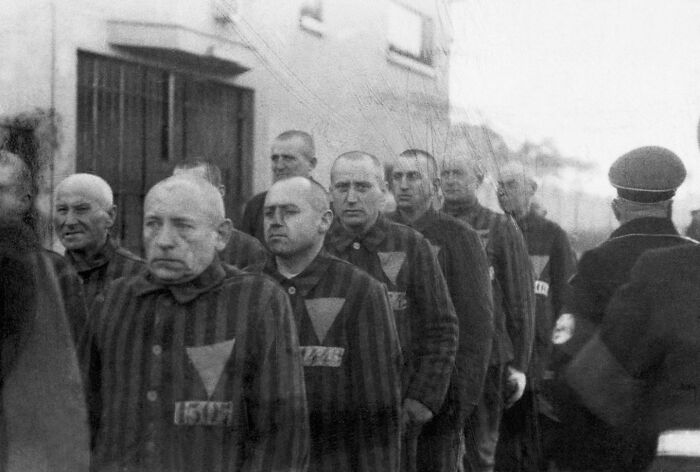
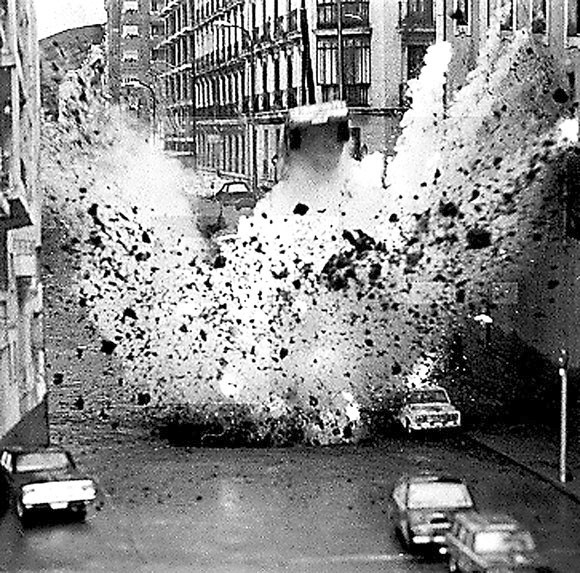
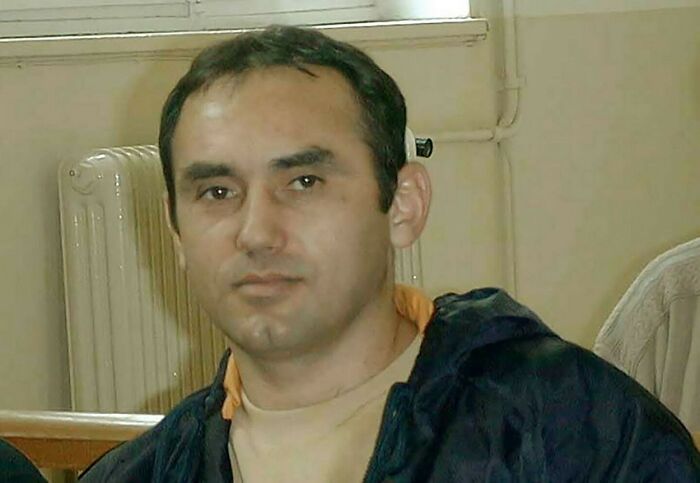






 Photographer Finds Locations Of 1960s Postcards To See How They Look Today, And The Difference Is Unbelievable
Photographer Finds Locations Of 1960s Postcards To See How They Look Today, And The Difference Is Unbelievable  Hij zet 3 IKEA kastjes tegen elkaar aan en maakt dit voor zijn vrouw…Wat een gaaf resultaat!!
Hij zet 3 IKEA kastjes tegen elkaar aan en maakt dit voor zijn vrouw…Wat een gaaf resultaat!!  Scientists Discover 512-Year-Old Shark, Which Would Be The Oldest Living Vertebrate On The Planet
Scientists Discover 512-Year-Old Shark, Which Would Be The Oldest Living Vertebrate On The Planet  Hus til salg er kun 22 kvadratmeter – men vent til du ser det indvendigt
Hus til salg er kun 22 kvadratmeter – men vent til du ser det indvendigt  Superknepet – så blir snuskiga ugnsformen som ny igen!
Superknepet – så blir snuskiga ugnsformen som ny igen!  Meteorite That Recently Fell in Somalia Turns Out to Contain Two Minerals Never Before Seen on Earth
Meteorite That Recently Fell in Somalia Turns Out to Contain Two Minerals Never Before Seen on Earth  Nearly Frozen Waves Captured On Camera By Nantucket Photographer
Nearly Frozen Waves Captured On Camera By Nantucket Photographer  It’s Official: Astronomers Have Discovered another Earth
It’s Official: Astronomers Have Discovered another Earth 